Relive Matera: UNESCO experience dawns on conservation of China's cultural relics
Updated: 2016-04-18 08:47
By Ruan Fan(chinadaily.com.cn)
|
||||||||
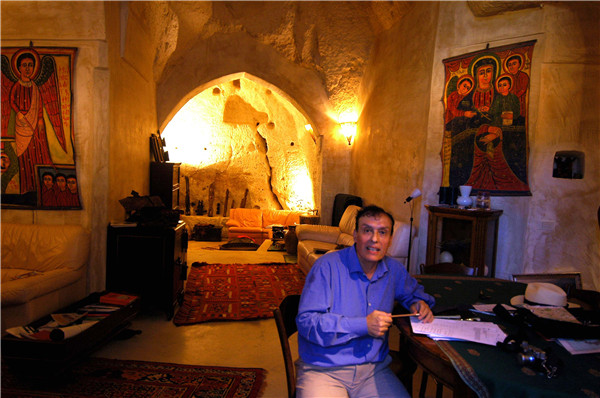 |
|
Pietro Laureano lives in one of the caves in Matera. [Photo provided to chinadaily.com.cn] |
Protecting and preserving cultural relics has been an important task for China, especially in recent years as conflicts between conserving of historical relics and the growing economy stand out in the fast process of the nation's urbanization.
On Tuesday, President Xi Jinping stressed in a national meeting that the conservation of relics is part of the official duties of the CPC and all government departments. President Xi suggested that private sectors should be mobilized and involved in the effort.
Despite the efforts of protecting them, China's cultural relics were not taken care of at its best. Frescoes in Fenghuangshan scenic spot in Northeast China's Liaoning province, for example, was damaged at large after restoration. Sustainable development, though being laid as an important issue by the central government, still lacks concrete and convincing examples of progress.
Given such dilemma, we've invited Pietro Laureano, an Italian architect and urban planner to share with us his experience in conserving cultural relics. As a UNESCO consultant on arid areas, water management and endangered ecosystems, Laureano once spent ten years restoring the historic city of Matera in Italy. He helped turn the once abandoned ruins of Matera into a sustainable city. Matera was also chosen as the 2019 European Capital of Culture.
In an exclusive interview with China Daily Website, Laureano also gave advice on how China could achieve sustainable development in terms of conserving its many cultural relics.
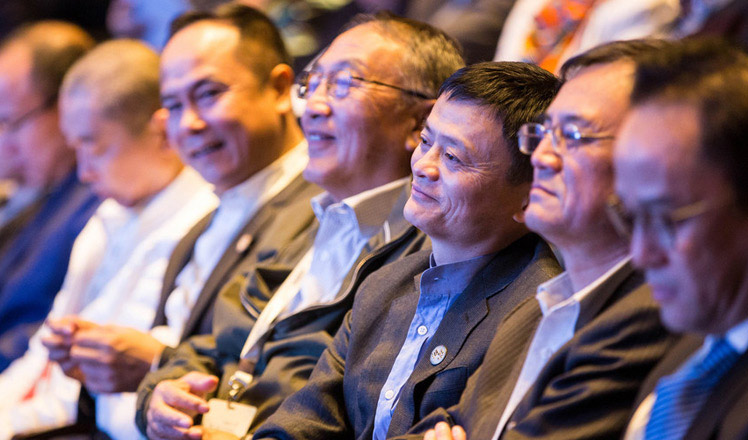
 Smart age makes a billionaire in six years
Smart age makes a billionaire in six years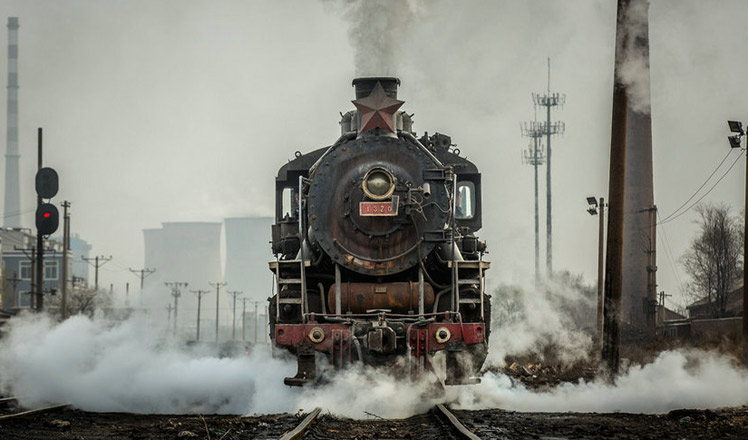
 China's last steam locomotive is to disappear
China's last steam locomotive is to disappear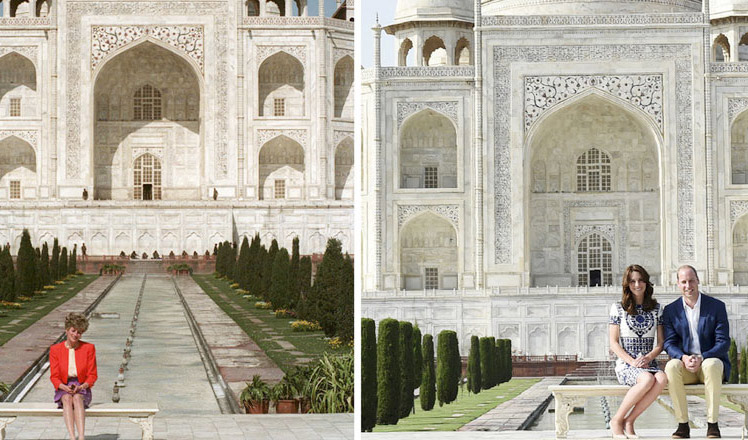
 British royal couple visits the Taj Mahal
British royal couple visits the Taj Mahal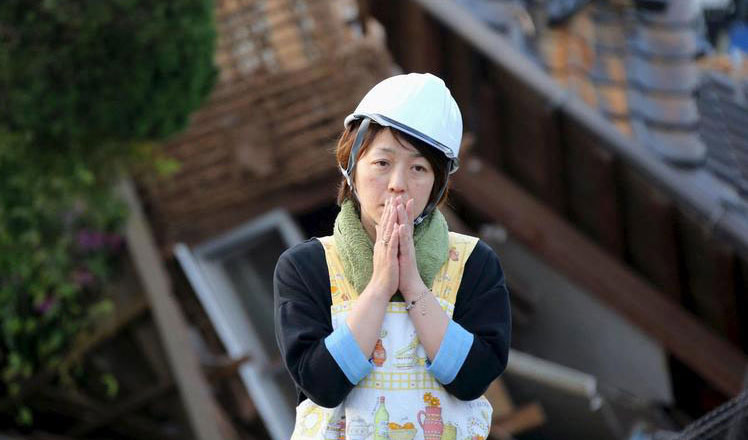
 The world in photos: April 11- April 17
The world in photos: April 11- April 17
 PLA plane lands at Yongshu Jiao reef to help patients
PLA plane lands at Yongshu Jiao reef to help patients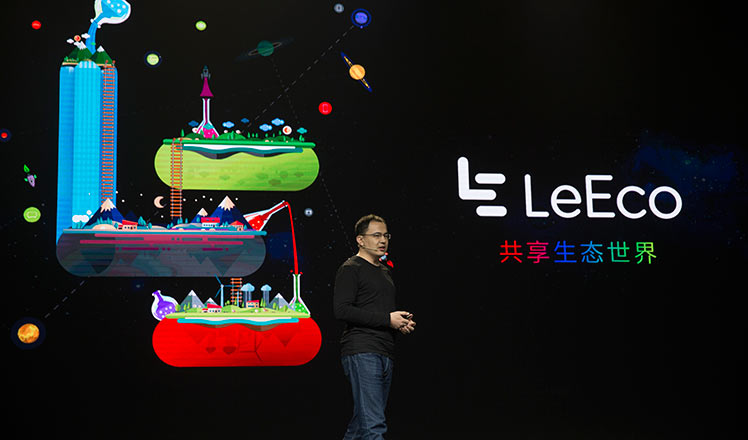
 Top 10 Chinese brands that grow the fastest
Top 10 Chinese brands that grow the fastest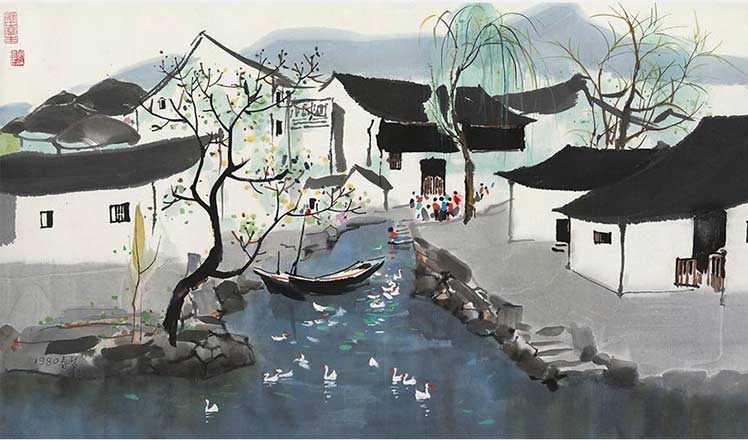
 Best Chinese paintings that reveal the beauty of spring
Best Chinese paintings that reveal the beauty of spring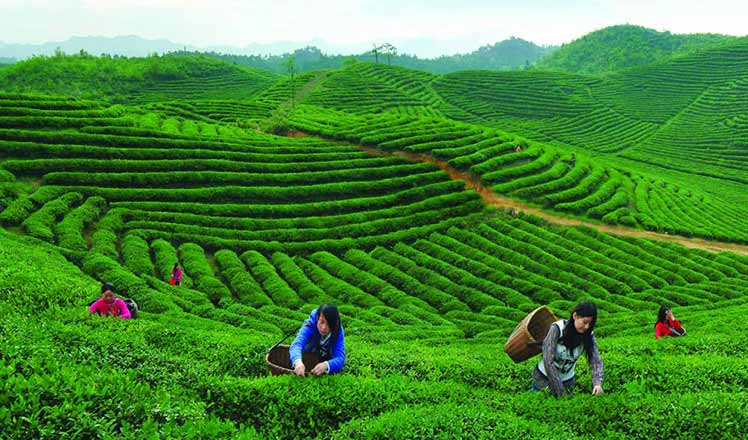
 Millions visit charming forested area in East China
Millions visit charming forested area in East China
Most Viewed
Editor's Picks

|

|

|

|

|

|
Today's Top News
China's finance minister addresses ratings downgrade
Duke alumni visit Chinese Embassy
Marriott unlikely to top Anbang offer for Starwood: Observers
Chinese biopharma debuts on Nasdaq
What ends Jeb Bush's White House hopes
Investigation for Nicolas's campaign
Will US-ASEAN meeting be good for region?
Accentuate the positive in Sino-US relations
US Weekly

|

|








